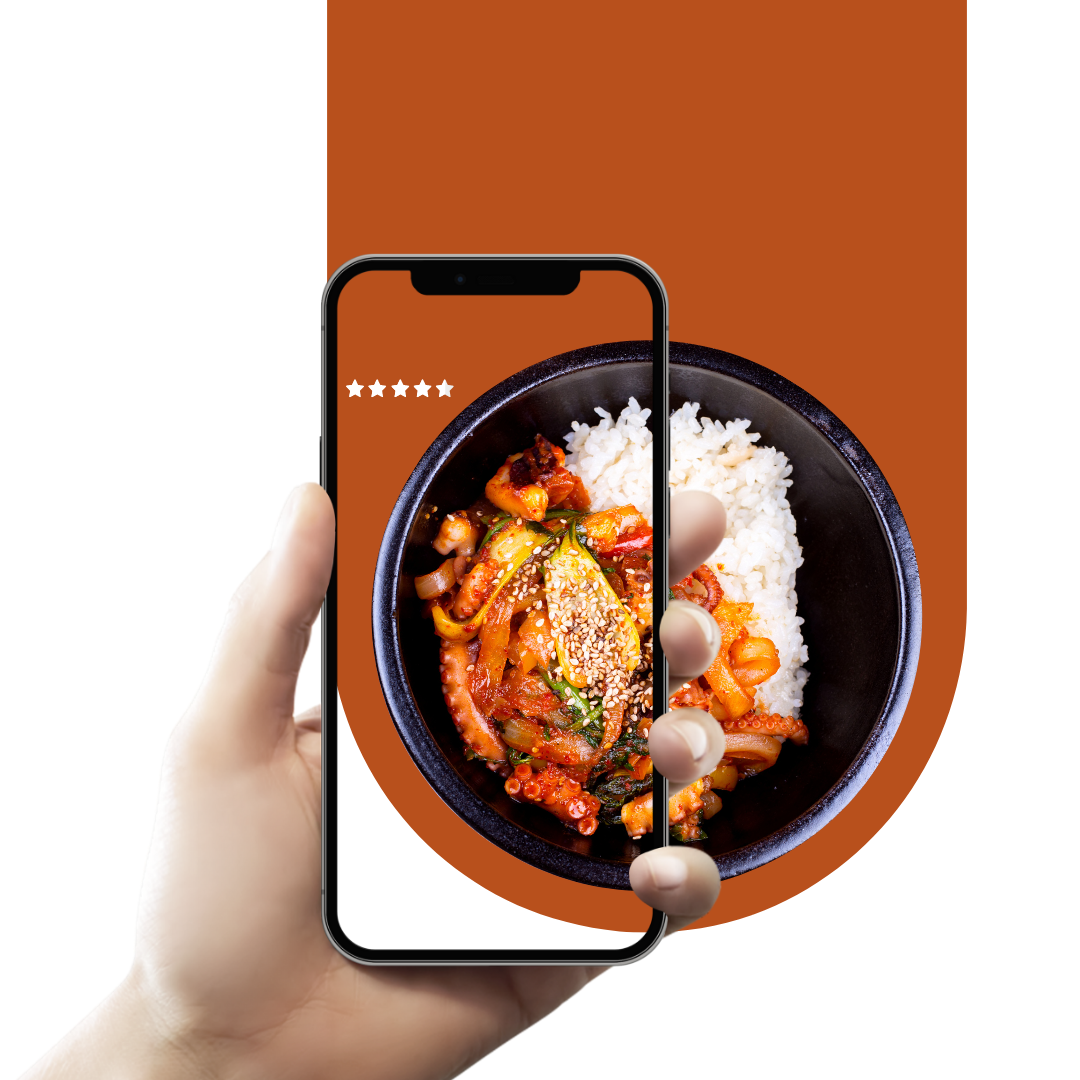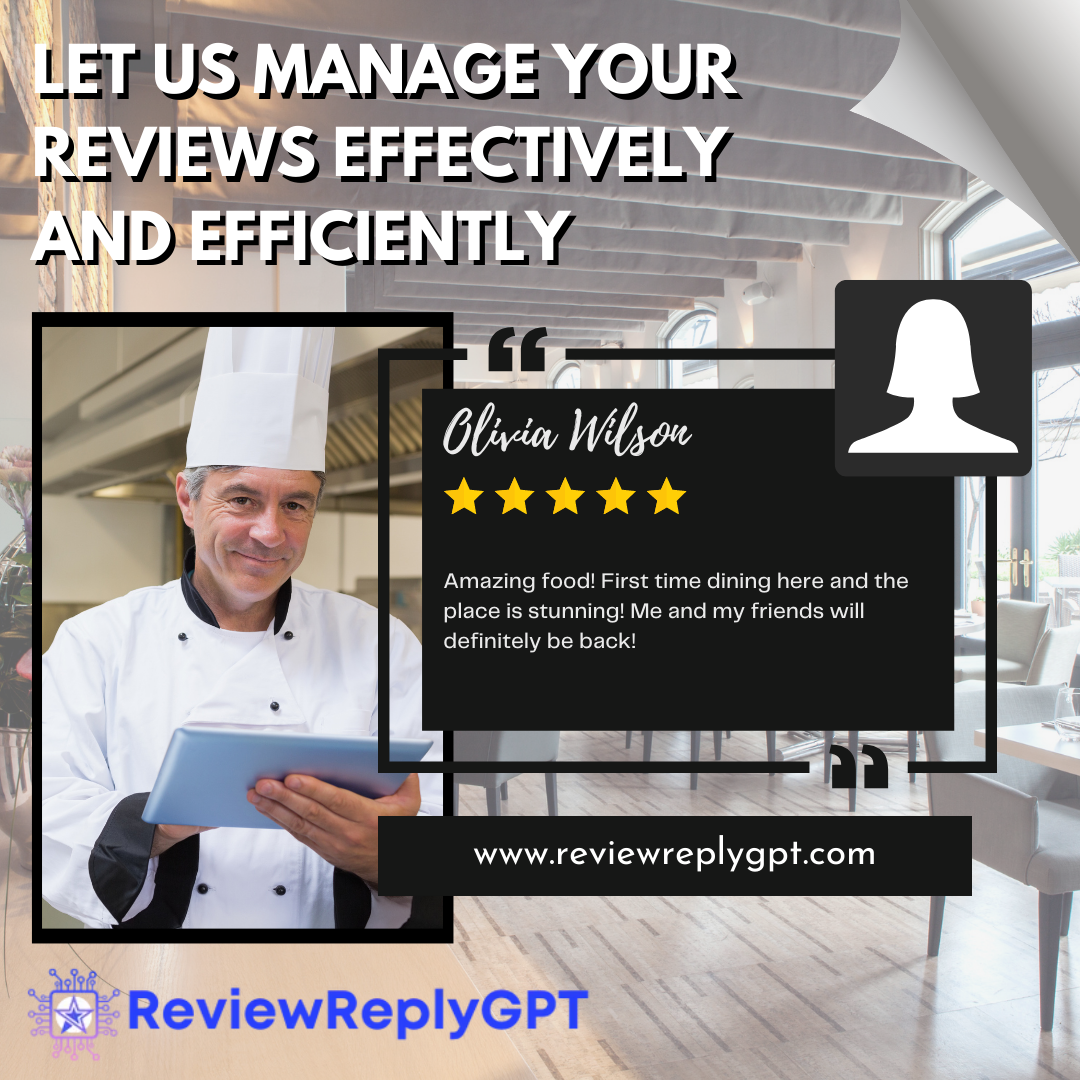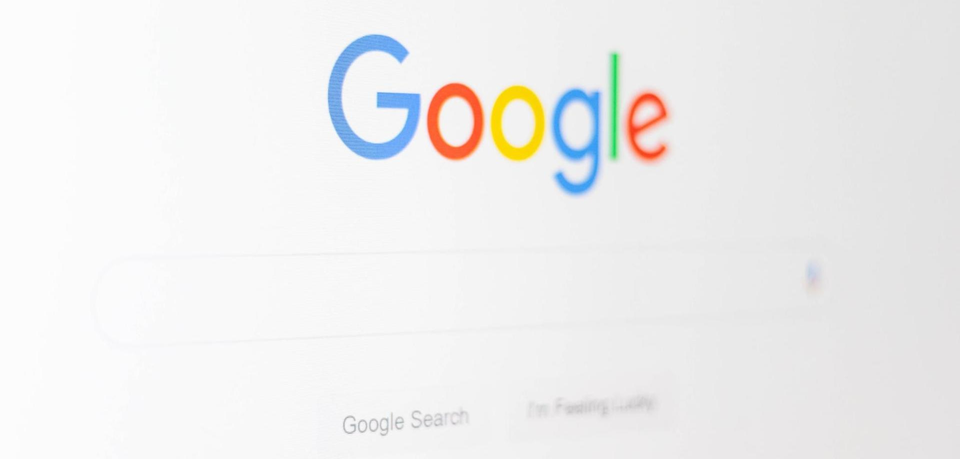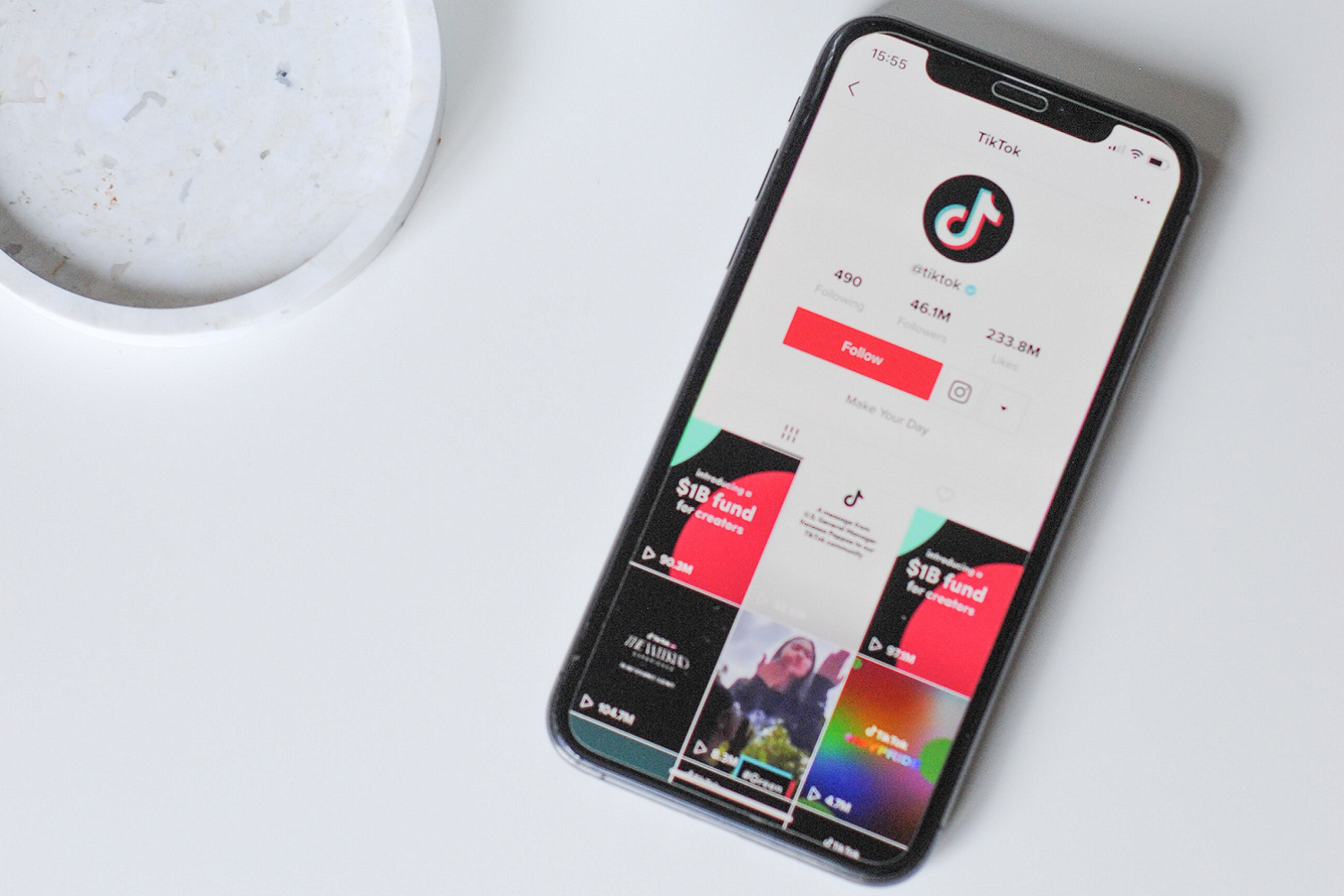Run Your Content Through This 7 Step Checklist Before You Share It
Rick Neuman • February 6, 2020
1. Have you done your keyword research?

When you’re creating a lot of content on a weekly or monthly basis, you may think you’ve got it down. But with the constant workflow of new ideas, content creation, and promotion of your blogs, podcast episodes, or videos, you may be forgetting a few crucial steps before you hit “publish.”
If you fail to properly set up your content, you could be selling yourself short. Badly optimized content is harder to find and frustrating to read. The result is low traffic and a high bounce rate — the exact opposite of what you want.
So before you send your content out into the world to make its mark, make sure you go through these 7 steps to give it the best possible chance of being seen and making an impact.
It’s amazing how much content is released with little-to-no thought put into a keyword strategy. A thorough explanation of keywords would be an article on its own, but here are a few things to remember.
Address search intent
A “perfect” keyword with high search volume and low competition is not actually a good choice if your content doesn’t address search intent.
Here’s an example: Let’s say you have a new subscription-based service that is meant to help small businesses with lead generation. So you decide the keyword “website for lead generation” is a great choice for a piece of content about your service.
The problem is that when you google “website for lead generation,” all the top results are about how companies should optimize their websites for lead generation — NOT for third-party services. So that keyword is probably not a great fit. If you optimize for a keyword that doesn’t address search intent, your content will languish.
Don’t duplicate keywords
Avoid focusing on a keyword that you’ve already used. You’ll just be competing with your own content for rankings. If your previous piece of content isn’t performing well for that keyword, consider rewriting it instead of trying to get another article to rank.
Where to put your keyword
Where possible and organic, include your keyword in the following places:
❏ Headline
❏ First paragraph
❏ Image alt text
❏ Meta title
❏ Meta description
❏ Headers
❏ URL
❏ Outgoing links
If you can’t fit your keyword into these places in a way that is readable and makes sense, don’t do it.
2. Do you have a strong headline?
Your headline has one real job. That job is to get the intended audience to read the first sentence of your content or to push play on your video. As many as 8 in 10 people will read the headline. But only 2 in 10 will go on to read the blog post or article. Your job is to do better than 2 in 10, which you can accomplish with a strong headline.
Start with the benefit to the audience. Why should the reader or viewer spend their time on this piece of content? What will they get out of it?
Next, try to create a sense of urgency. Words like now, today, or fast will encourage your audience to take action (aka read your article) right away. This is key. If they plan to come back to it later, chances are they’ll forget.
Numbers work really well in headlines (like the one for this article). And always remember that clear is better than clever. If your brilliant pun muddies the intention of your article, you have to let it go.
Many content marketers suggest writing 20 to 25 headlines for each piece of content. Many of those will be duds. But chances are that at least one of them will be a winner.
3. Have you added a meta title & meta description?
If you don’t specify what you want your meta title and meta description to be, Google will select whatever it deems appropriate. This may work out for you, or it may not. So take the uncertainty out of it by writing your own.
Google usually only displays 50 to 60 characters of your title tag, so try to keep it under 60. And your meta description should be between 150 and 160 characters so it won’t be truncated. Make sure to use your keyword!
4. Have you broken up your text?
A wall of 2,000 words will discourage most readers. But 2,000 words broken up into 5 or 6 sections with subheaders will be much more readable.
The most successful content is easily readable and skimmable. Often people will skim through a piece of content, and only read the sections that attract their attention.
You can further separate your text with images, bulleted lists, infographics, and more.
Try to use your keyword in headers if it makes sense to do so.
5. Have you linked to related content?
If your audience has come across your article and found the headline compelling enough that they’re reading your article or blog post, they’re proving that they’re interested in what you have to say. So it stands to reason that they may be interested in more of your content.
Make it easy for them to find by linking to other articles you’ve written on similar subjects. The longer you can keep your audience on your site, the better your site’s organic rankings will be.
6. Have you optimized your images?
We’ve already discussed how useful images can be to break up the text on your content. But they also serve an important SEO function. By adding alt text to the images on your site, you’ll be providing another indication to the search engines as to what the content is about.
The alt text should accurately describe the image. But if possible, you should add your focus keyword or related keywords to the description. In addition to the SEO boost, this can also send more traffic to your site if your image appears in a related image search.
7. Do you have a clear call to action?
What step do you want your audience to take, now that they’ve read your blog post or watched your video? Make sure to tell them what to do next with a clear call to action.
On a YouTube video, it could be a request to like the video and subscribe to your channel. On your blog, it could be an invitation to share on social media or sign up for your mailing list. Or it could be a request to check out your pricing or sign up for push notifications.
Every piece of content you put out should have some kind of call to action. Without it, you’re encouraging your relationship with the audience to be one-sided — you produce, and they consume. You want an engaged audience that interacts with your content and with your business.
The Quickie Version
Here’s a quickie checklist of the 7 steps outlined above. Make sure to run through it before you hit “publish” on anything you post!
❏ Strong headline
❏ Keyword research that addresses search intent
❏ Meta title & meta description
❏ Subheaders to break up text
❏ Links to related content
❏ Images with alt text
❏ Call to Action
What other steps do you think content creators should take before they share their work? Let me know in the comments!
Are you looking for help navigating the ever complicated digital marketing space? We can help!
The Harvest

In today's digital age, having an online presence isn't merely an option—it's a pivotal driver of success. At Digital Harvest Marketing, we pride ourselves on creating not just websites but immersive digital journeys that fortify brand identity and catalyze growth. Here's why businesses, big or small, trust us with their digital aspirations:

The home services industry, whether it's landscaping, plumbing, or interior designing, thrives largely on trust and reliability. And in today's digital age, a substantial chunk of that trust is established through an effective online presence. Let's delve into the pivotal elements that make a home services website not just informative but also a powerful tool for conversion.

The modern culinary world isn't just about delightful dishes and exquisite drinks; it's also about offering a digital experience that matches. With the rise of online ordering, reservations, and digital payments, a strong online presence for the food & beverage industry has become more critical than ever. Let's dive deep into the essential features and benefits of a website tailored for the food & beverage sector. 1. Mouthwatering Design First impressions count. A clean, appetizing design can convey the atmosphere of your restaurant, cafe, or bar. High-quality images of dishes, drinks, and your establishment can instantly attract and entice visitors. 2. Online Ordering Made Easy Today's consumers cherish convenience. Integrating an easy-to-use online ordering system allows your customers to enjoy your culinary offerings from the comfort of their homes. This not only broadens your reach but can significantly boost revenue. 3. Safe & Secure Credit Card Processing In a world increasingly moving towards cashless transactions, offering diverse credit card processing options is crucial. Ensure your website integrates with reliable payment gateways, prioritizing the safety of your customer's data.

The digital realm is the frontline for any business's first impression. While there are numerous companies offering web development services, it's essential to partner with one that understands your business's unique needs and can translate that into a powerful online presence. Here's why businesses consistently choose Digital Harvest Marketing for their web development projects. 1. Bespoke Designs Tailored to Your Brand At Digital Harvest Marketing, we believe in the power of individuality. We don’t employ cookie-cutter templates; instead, we delve deep into your brand's ethos, ensuring every design choice mirrors your company’s identity and goals. 2. Experience & Expertise Our team comprises seasoned professionals with years of experience across various industry verticals. This expertise allows us to cater to the diverse needs of our clientele, be it e-commerce, B2B, non-profit, or any other niche.

In the digital age, online reviews can make or break a restaurant's reputation. For restaurant owners and operators, managing Google reviews might feel like a full-time job. Crafting personalized responses to every review, staying on top of new ones, and tactfully addressing any negative feedback can be overwhelming and highly time-consuming. What if there was a solution that could handle all this while you focus on what you do best - creating unforgettable dining experiences? Enter ReviewReplyGPT. Revolutionizing Google Reviews Management ReviewReplyGPT is a groundbreaking AI-powered platform designed to automate the process of managing your Google reviews. Here's what it offers: Automated Review Responses The first, and perhaps the most significant, feature of ReviewReplyGPT is its ability to generate professional, tailored responses to all your reviews. No more spending countless hours figuring out how to respond to each review. Instead, you can let the AI do the heavy lifting and free up your time to focus on other aspects of your restaurant business.









